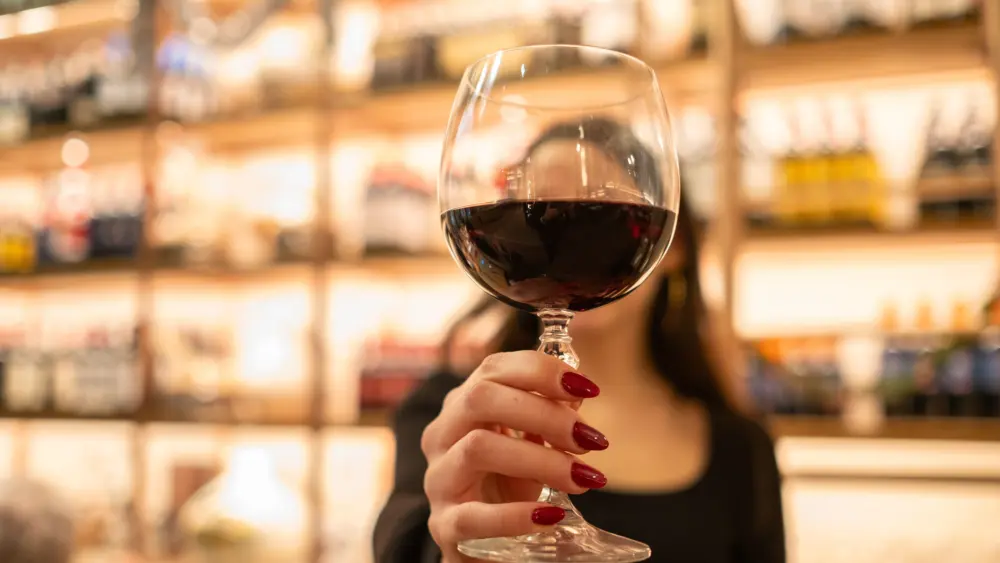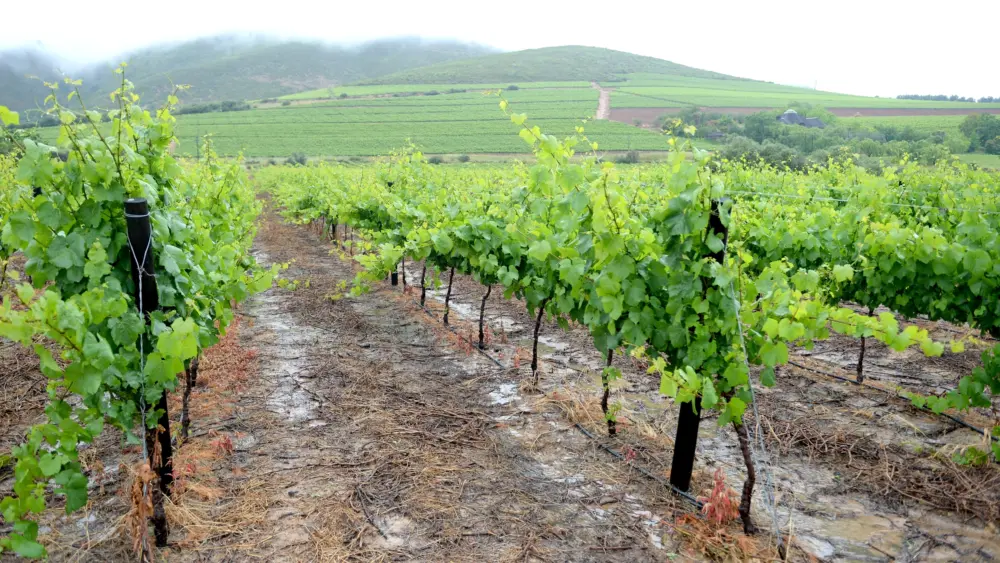The increase of U.S. wine consumption over several decades has flattened. The top 30 U.S. producers sell 90 percent of the wine sold in America, but there’s an ever-increasing number of wineries, with every state in the country having at least one. (And yes, even Alaska has about half a dozen wineries, the oldest of which is Denali Winery, located in Anchorage.) This dynamic—flat growth and an increasing number of producers—has resulted in strong competition for existing wine consumers and even pushed some wine companies to begin shifting their marketing focus from exclusivity to inclusivity.
A new wild west
There are two ways to deal with changing wine-consumer behavior: abandon the category or evolve. Constellation Brands is doing both. In 2018, Constellation, America’s second-largest wine producer, saw more than a 6 percent decline in its consolidated net sales of wine compared to two years earlier. As reported by Reuters, a part of Constellation’s response is to consider selling off wine brands such as Clos du Bois, Mark West, Arbor Mist and Cooks. Such a sale would bring in an estimated $3 billion, which they’d likely shift to beer or cannabis, if their recent purchasing strategy is any indication.
Constellation hasn’t given up on California wine just yet. However, they’ve shifted their focus and approach: whereas their entrance into the Western-wine region was marked by the purchase of the iconic Robert Mondavi Winery in 2004, they’ve launched The Prisoner Wine Co. in the Napa Valley in October 2018. The winery’s design is as if Cirque Du SoleiI had a child with Vlad the Impaler. The new “winery” is decidedly leaning toward a younger generation of consumers and includes two restaurant-level kitchens, a small inside mall that houses local artisan goods such as salt, ceramics and jewelry. Outside there are gardens and vineyards, but the focus is inside—a space without clocks or windows looking at the landscape, the main light source skylights. The feeling is as if you’ve entered a space that might be anywhere, which might just speak to the “scalabilty” of the concept. The point is that the focus has shifted away from marketing to individuals who came to a specific region to enjoy wines that are expensive and “exclusive,” shifting the focus to affordable and “inclusive.”
From exclusive to inclusive
The recent success of Northern California’s Wine Country has hinged on the idea of exclusivity, but that is changing. Driven by the Millennial generation who no longer view exclusivity as attractive—instead embracing acceptance and inclusion—marketers of goods and services have shifted their attention in that direction, too. Nearly gone are the days when producing a super-expensive wine that received high scores from elite reviewers is enough. Now such a wine might not get you much more than a seat at the table of some exceptionally wealthy — and exceptionally old—wine consumer. Traditionally, such a scene would cause most wine producers to salivate; today that’s changing. In the future such a situation might be frowned upon by younger wine-drinkers inclined to frequent a range of brands that might evoke more of a community look and feel to their ethos. Scribe Winery in Sonoma is such a winery, and I’d imagine that if they’re not already in talks with larger wine companies who’d like to purchase them, they soon will be.
Everyone in the future has some sort of long tail
Beyond going from exclusive to inclusive, some of the most innovative wine marketers are not looking to focus on what makes people the same but rather what makes them unique. Referred to as a person’s “long-tail” characteristics (a reference to the far ends of a bell-shaped curve), the seemingly contradictory concept is that while everyone is basically the same in some fundamental regards (human), each person is utterly unique in the expression of his or her own “human-ness.” In the past, marketers focused their efforts on “aspirational” elements (e.g., exclusive, thin, sexy, rich), now they’re shifting, understanding that younger generations are more inclined toward inclusion of a diverse range of lifestyles, expressions and choices.
The future of wine is affected by these broader societal changes. The companies that adapt and grow will thrive. That said, there will be some success stories that have stuck to their guns, hanging on to exclusivity as if to a lifeline, but I doubt there will be many of them.
Author
-

Tim Carl lives, writes and teaches in Calistoga. He grew up in St. Helena and traces his Calistoga grape-growing roots back five generations. You can reach him at tcarl@northbaybiz.com.
View all posts




